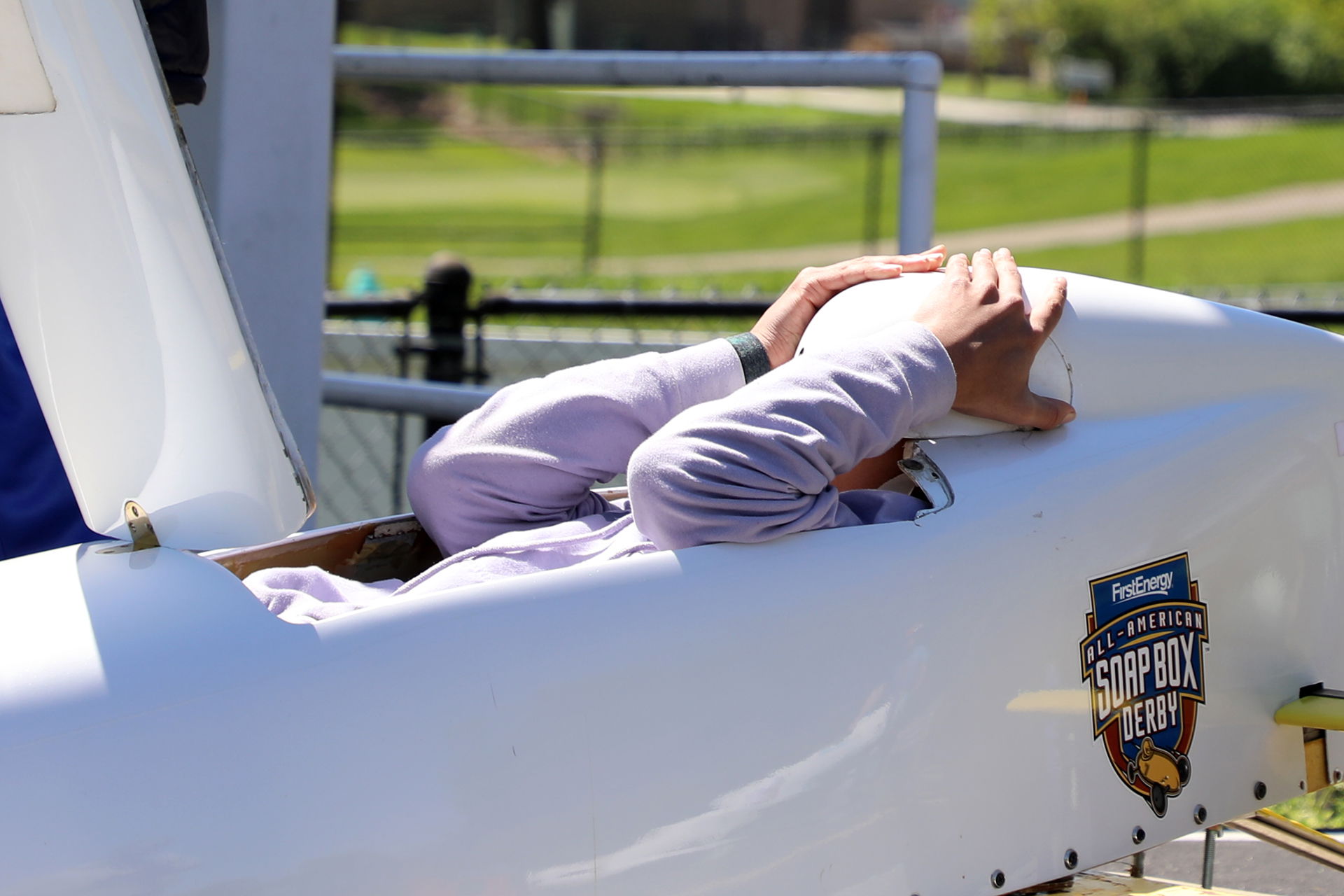The Thrill of the Hill: Soapbox Derby and Its Impact on Young Minds

The Wilbur Shaw Memorial Hill in Indianapolis is named after Wilbur Shaw, a three-time winner of the Indianapolis 500. Shaw played a crucial role in saving the Indianapolis Motor Speedway during WWII and also established the Soap Box Derby to inspire young racers to experience the joy of building their non-motorized racing machines and competing. Over the years, the park has become a beloved community landmark and a tribute to Shaw's contributions to motorsport and youth racing.
The Soap Box Derby, a youth racing program that has run since 1934, is more than just an exciting race down a hill in homemade, non-motorized cars. It's a rich educational experience that imparts valuable life lessons and practical knowledge in the fields of science, technology, engineering, and mathematics (STEM). This article explores the multifaceted values and lessons learned through participation in the Soap Box Derby.

Left: Juan Rodriguez (from Indianapolis), Right: Addison Locher ( from Owensboro KY)
Building Character and Community
First and foremost, the Soap Box Derby is a character-building exercise. Participants, often children and teenagers, learn the importance of teamwork, sportsmanship, and perseverance. Building a soapbox car from scratch is no small feat—it requires dedication and hard work. The process teaches young racers the value of patience and persistence, as they encounter and overcome various challenges. Moreover, the derby fosters a sense of community and belonging, as participants and their families come together, sharing knowledge, experiences, and support.
STEM Concepts in Action
At the heart of the Soap Box Derby is a practical application of STEM principles. Participants engage with various aspects of science, technology, engineering, and math, often without realizing it, as they bring their soapbox cars to life.

Edison Allred, Anderson IN
Technology: In today's Soap Box Derby, the use of technology has become more prevalent. From simulations to test car designs to video and sound equipment to capture the race, technology plays a significant role in enhancing the experience and performance.

Science: Understanding the principles of gravity, friction, and aerodynamics is crucial for designing a car that can speed down the hill efficiently. Participants experiment with different shapes and weights, learning how these factors affect speed and stability.
Engineering: The core of the Soapbox Derby experience, engineering involves the actual construction of the soapbox car. Participants learn about materials, structural integrity, and the mechanics of steering and braking systems. This hands-on experience is invaluable for budding engineers, providing a practical application of theoretical knowledge.
Math: Math is integral to the design and construction. Calculations on dimensions, weight distribution, and angles help optimize the car's design. Moreover, timing and speed calculations play a critical role during the race, offering a real-world application of math skills.

Mikaiah Adkins, Indianapolis, IN
Next Upcoming Race "May Rally Race" (Indianapolis) May 4–5, 2024
Beyond the Race
The impact of the Soap Box Derby extends beyond the race itself. It inspires young participants to explore careers in STEM fields, fostering a new generation of engineers, scientists, and innovators. Furthermore, the event brings communities together, creating a platform for shared learning experiences and promoting STEM education.

Carsyn Locher, Owensboro KY
In conclusion, the Soap Box Derby is more than just a race; it's a powerful educational tool that teaches valuable life lessons and introduces young minds to the exciting world of STEM. Through creativity, innovation, and the thrill of competition, participants learn and grow, carrying these lessons forward into their future endeavors.
To learn more about the Indianapolis Soap Box Derby, how to become a racer and upcoming race dates go to Indianapolis Soap Box Derby